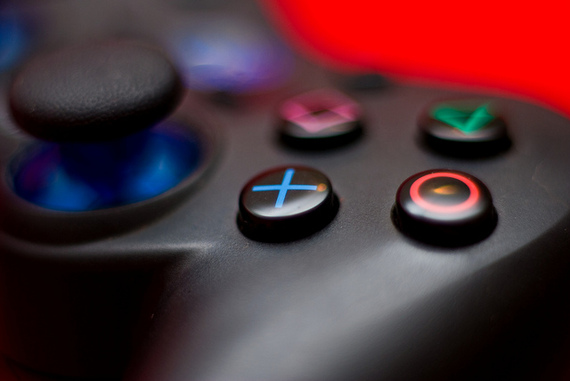Trump, Brexit and the recent French elections only further amplified what some of us have always known: the world is now more divided than ever.
In fact, the rate of division is so high that a study by Runnymede Trust and Manchester University found that ethnic inequality is so high that ethnic minorities experience housing inequalities in every local authority in the UK, and another study reveals that income inequality in Britain is at its highest in about 30 years — and things are poised to get even worse.
Thanks to the proliferation of the Internet and social media, gaming could go a long way towards ending inequality in the world. Now, why I don’t necessarily believe gaming will end all forms of inequality, I believe it will make a great difference — especially considering the following facts:
- For every $1 that a male game developer gets in salary, a female game developer is paid 86 cents.
- Female characters are highly underrepresented in video games.
- The gaming industry is highly male-dominated, with 75 percent of video developers being male.
- 48.8 percent of people in the gaming industry believe there is lack of equality for developers in the gaming industry — only 38.6 percent of people believe there is equal opportunity and treatment for all in the game industry.
Anybody truly familiar with the gaming industry knows about Gamergate, which began when the 27-year-old creator of the game Depression Quest, Zoe Quinn, began to receive hate mail because she is female and “they” felt her game was too progressive. And this went further to show just how serious inequality is in the gaming industry.
A Fact Changes it All
Now, while Gamergate started in 2014, a lot has changed since. We’re now in 2017, and statistics from the Internet Advertising Bureau shows that a massive 52 percent of gamers in the UK are women. In case that didn’t immediately dawn on you, there are now more female gamers than male gamers. Of course, this isn’t universal — data from Statista shows that 42 percent of gamers in the U.S. are women (which is no mean feat, especially considering how the industry is being characterized to make it seem as if only men play games). Now, more interesting is the fact that there are significantly more female game players over 18 than male game players.
Whether it is massively multiplayer games like io games, puzzles, educational games, real-time strategy games or other kinds of games, the fact remains that there are more women playing these games than you probably imagined. There are also men playing these games who are tired of the stereotypes, divisiveness and the lack of equality — both gender and racial equality.
And when you count, the people affected, who can really make a stand are more than the people who want the status quo.
In other words, if just half of game players take some kind of stand (and, females are about half — even more — according to most sources) A LOT will change. For example, female gamers (and responsible men that stand for equality) can start demanding:
- More female personalization and development of female characters in games
- More equality — starting with the wage gap — in the gaming industry.
- Complete end to the objectification of women — and portraying them majorly as sex objects — in a lot of video games.
- A stand against harassment of female game developers — especially when they try to challenge the status quo with their games.
- More importantly, that MALE developers and industry key persons stay at the forefront of challenging these norms and stereotypes — especially considering that females are viciously attacked when they challenge the norms.
When you consider that it is widely accepted there are more female players aged 18 and above than male players (hint: those who actually control the finances), then it becomes clear that a great deal of power lies in the hands of women to challenge an industry that takes their money and then makes them feel inferior and second-class.
— This feed and its contents are the property of The Huffington Post UK, and use is subject to our terms. It may be used for personal consumption, but may not be distributed on a website.
